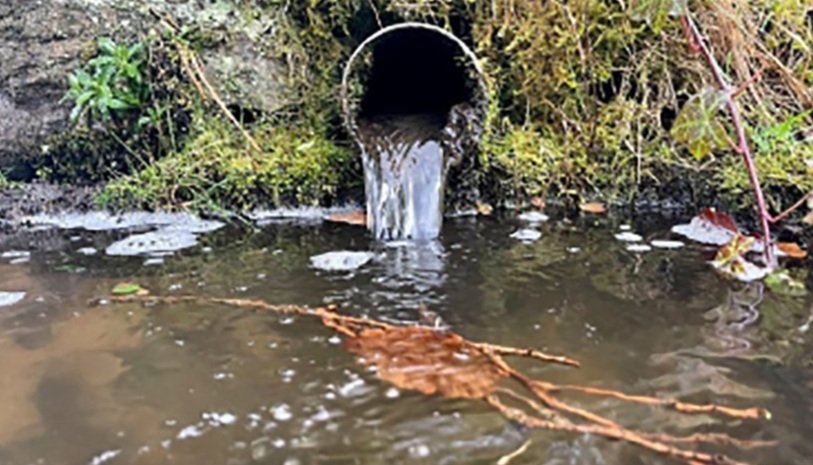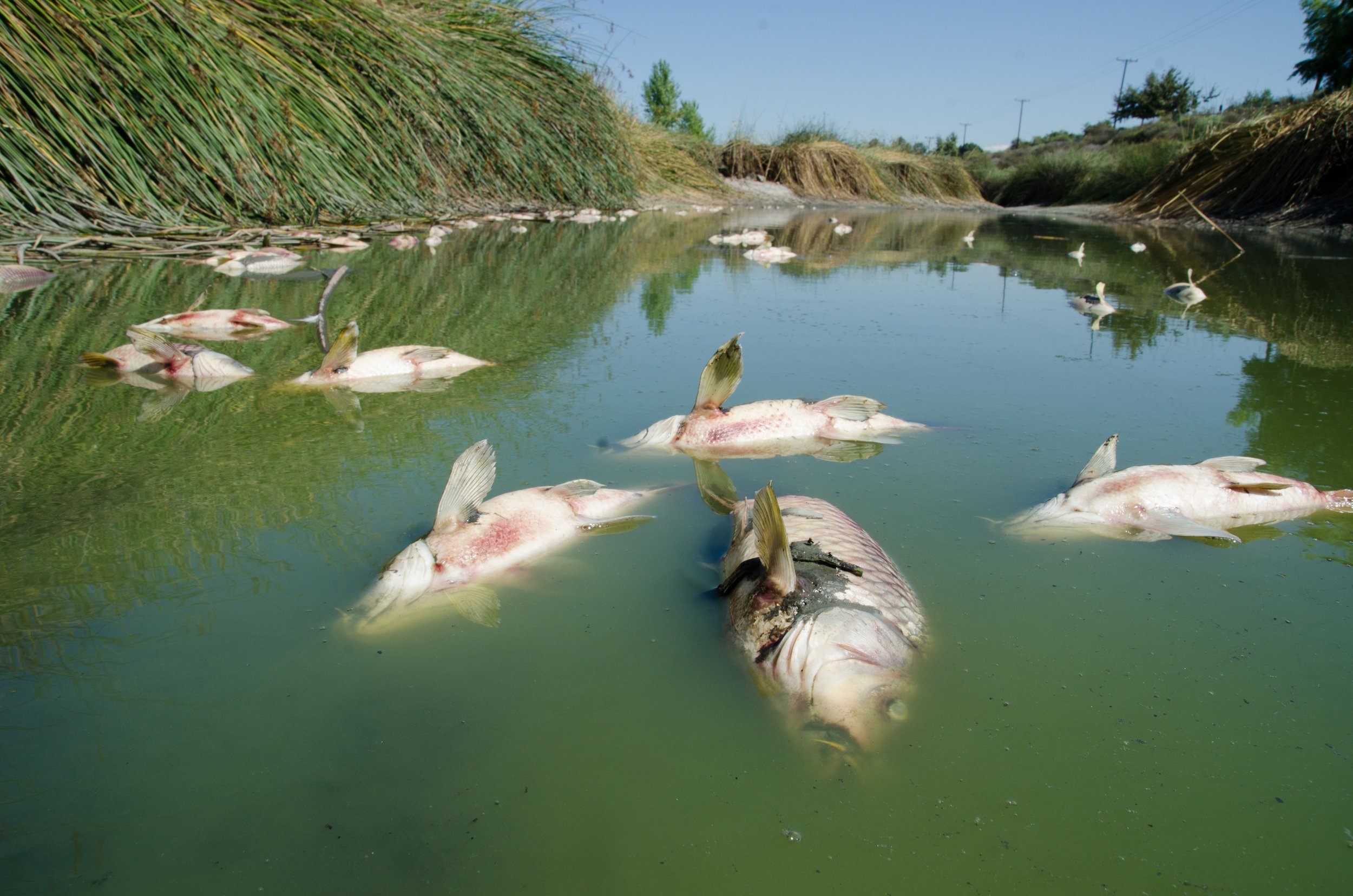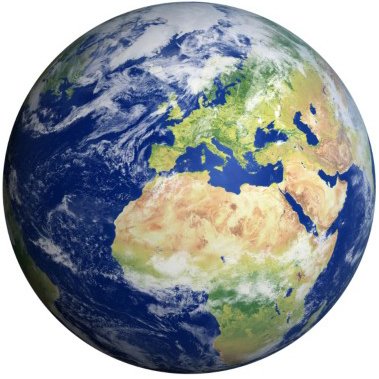The Challenge

A worldwide water pollution crisis
Relentless decline
The relentless decline in water quality is a growing global concern, affecting almost a billion people today. By 2050, more than 50% of the world's population is expected to face water shortages, underscoring the critical importance of maintaining the integrity of water quality and delivery networks.
Current methods of pesticide detection are often cumbersome, expensive, and slow. Our Lightwater Sensors detector provides a low-cost, real-time diagnostic system for detecting both chemical species and specific targeted analytes, making it a valuable tool for addressing water quality issues more effectively.
Pesticides
Pesticides and herbicides pose a significant threat to water quality, as they can enter waterways through diffuse pollution over time. These pollutants have the potential to contaminate both surface and groundwater destined for drinking water, and can also impact private wells. It is therefore critical to monitor water quality and detect the presence of these harmful substances to prevent their negative impact on public health and the environment.
Pharmaceuticals
The detection of pharmaceuticals, such as ibuprofen and paracetamol, in waterways can serve as an indicator of Combined Sewage Overflow. Pharmaceuticals can enter waterways through various routes, including direct discharge from wastewater treatment plants and run-off from agricultural land. Given the potential risks associated with exposure to these substances, it is important to monitor and detect their presence in order to better understand and manage their impact on human health and the environment.
Explosives
The use of explosives in mining activities can lead to the contamination of water, which can have severe consequences for both human health and the environment. In addition to their impact on mining-related activities, explosives detection also has significant potential in the fields of security and aviation. Detecting the presence of explosives in various settings can help mitigate potential risks associated with their use, such as terrorist attacks and other security threats.
Global water supplies, rivers and groundwater sources
Access to clean and safe drinking water is a significant global challenge, with nearly 790 million people affected today, and projections suggesting that over 50% of the world's population could face water shortages by 2050, impacting almost 5 billion people. Meanwhile, many industries face substantial fines for polluting waterways, while climate change exacerbates the risk of flooding and wildfires.
Ensuring the integrity of water quality and networks is therefore critical, as water contamination poses a significant concern for water providers, environmental agencies, and the general public alike.



